The KERNEL DATA INPAGE ERROR is a critical Blue Screen of Death (BSOD) issue that can disrupt your Windows 11 experience. This error often stems from hardware problems like faulty RAM or hard drive issues, or from software glitches affecting system operations. Fortunately, several solutions can help you resolve this error and get your system back to normal.
Method 1: Run SFC and DISM Scans
Running System File Checker (SFC) and Deployment Image Servicing and Management (DISM) scans can repair corrupted system files that might be causing the error.
Step 1: Open the Start Menu and type Terminal in the search bar. Right-click on the Terminal app and select Run as administrator.
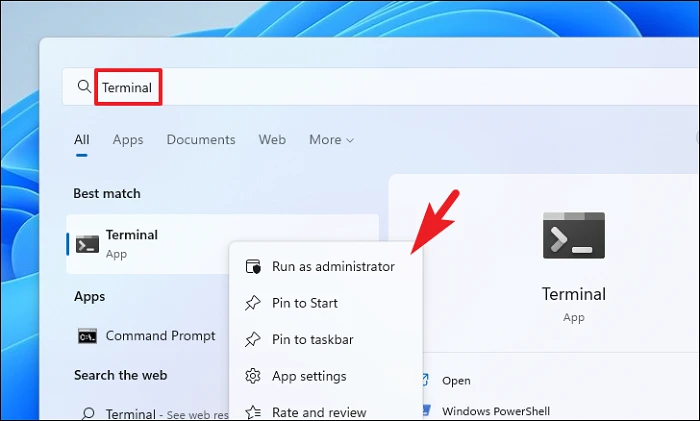
Step 2: If prompted by the User Account Control (UAC), click Yes to grant administrative permissions.
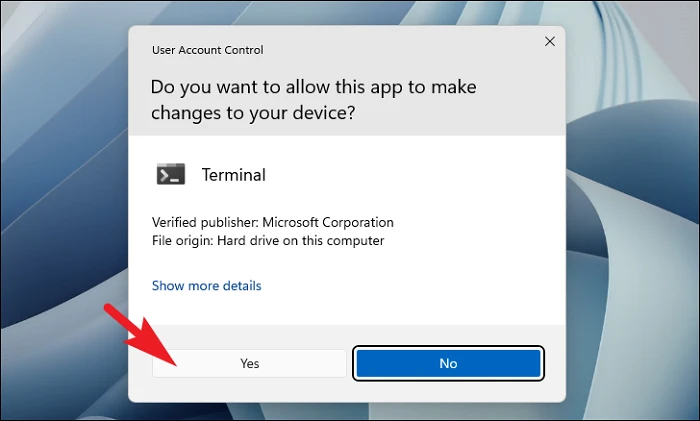
Step 3: In the Terminal window, click the downward arrow (chevron) and choose Command Prompt to open it in a new tab.

Step 4: Type or paste the following command and press Enter to repair system image files:
DISM /Online /Cleanup-Image /RestoreHealth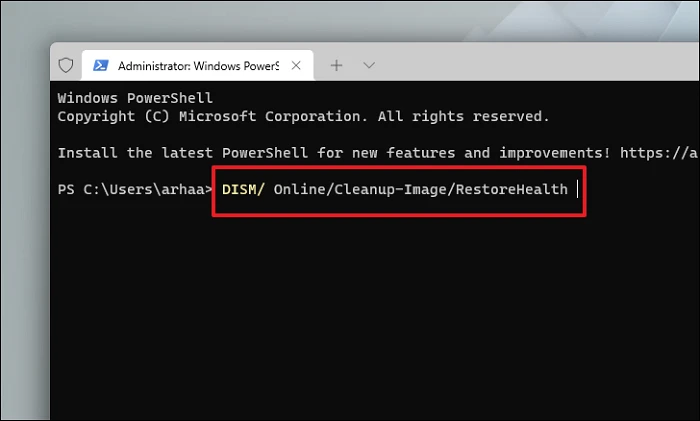
Step 5: After the DISM scan completes, run the SFC scan by entering the following command and pressing Enter:
SFC /scannow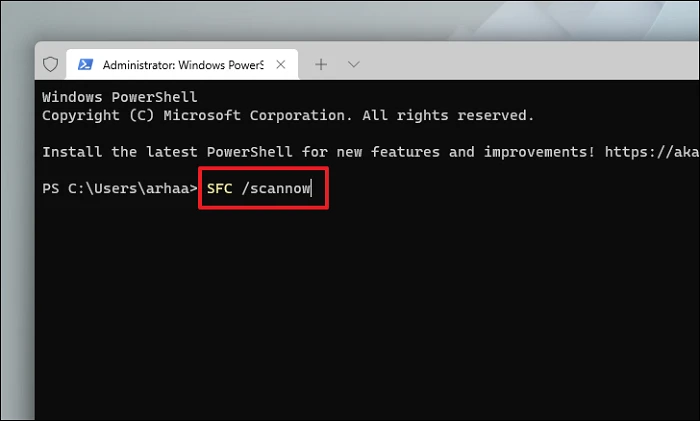
This will scan and repair corrupted system files on your computer.
Method 2: Run a CHKDSK Scan
Running a CHKDSK scan can detect and fix disk errors, which might be causing the KERNEL DATA INPAGE ERROR.
Step 1: Open the Start Menu and search for Terminal. Right-click on the Terminal app and select Run as administrator.
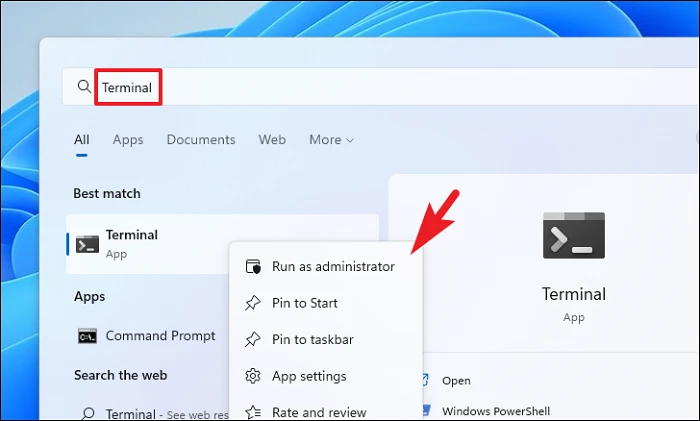
Step 2: Click Yes on the UAC prompt to authorize administrative access.
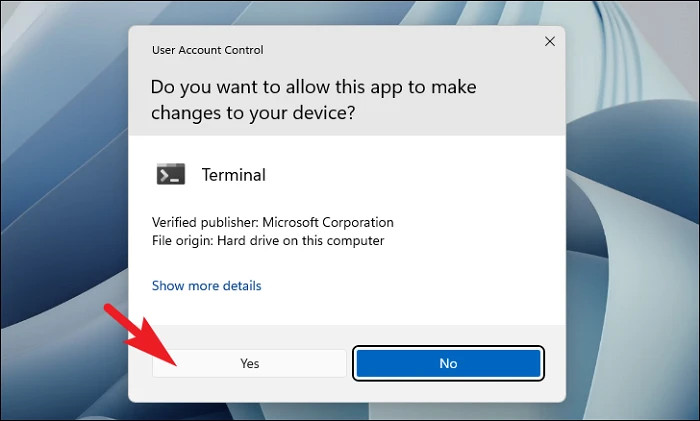
Step 3: In the Terminal, click the downward arrow and select Command Prompt to open a new tab.

Step 4: Enter the command below and press Enter to initiate the disk check:
chkdsk /f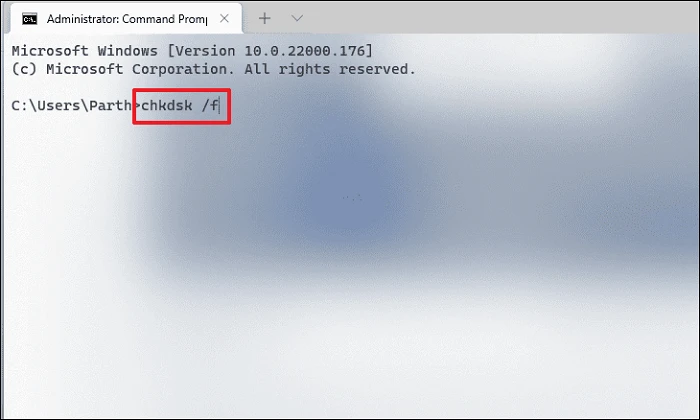
Step 5: When prompted, type Y and press Enter to schedule the disk check at the next restart.
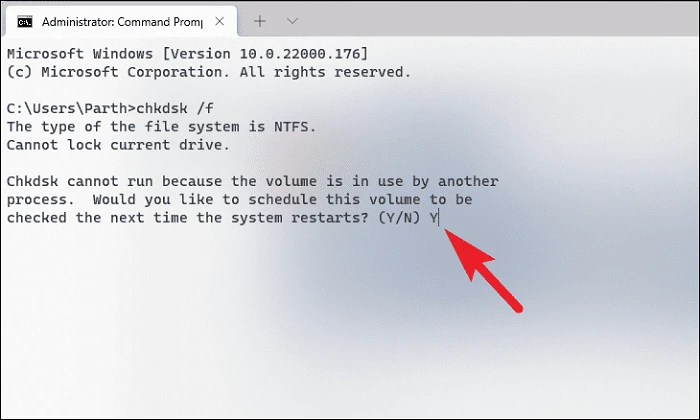
Step 6: Restart your computer to allow CHKDSK to scan and fix any disk errors.
Method 3: Run Windows Memory Diagnostic Tool
The Windows Memory Diagnostic Tool can identify issues with your RAM that might be triggering the error.
Step 1: Open the Start Menu and type Memory Diagnostic. Select the Windows Memory Diagnostic app from the results.

Step 2: Choose Restart now and check for problems to begin the diagnostic immediately, or Check for problems the next time I start my computer to schedule it for the next reboot.
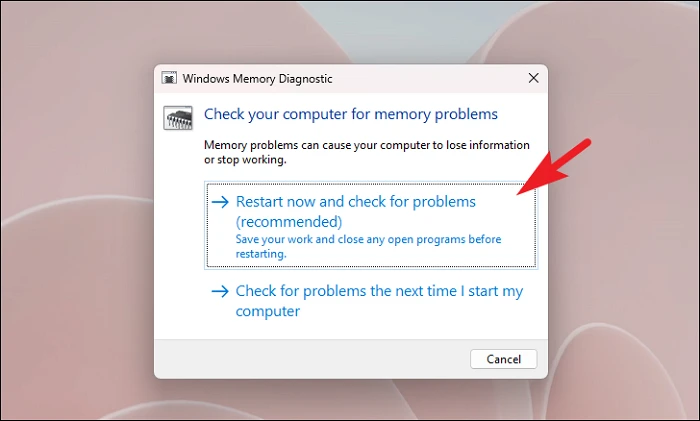
Method 4: Enable Automatic Paging File Size Management
Incorrect paging file settings can lead to system errors. Enabling automatic management can help resolve the KERNEL DATA INPAGE ERROR.
Step 1: Open the Settings app by clicking the Start Menu and selecting the gear icon, or press Windows+I on your keyboard.

Step 2: Ensure you're in the System tab on the left sidebar.
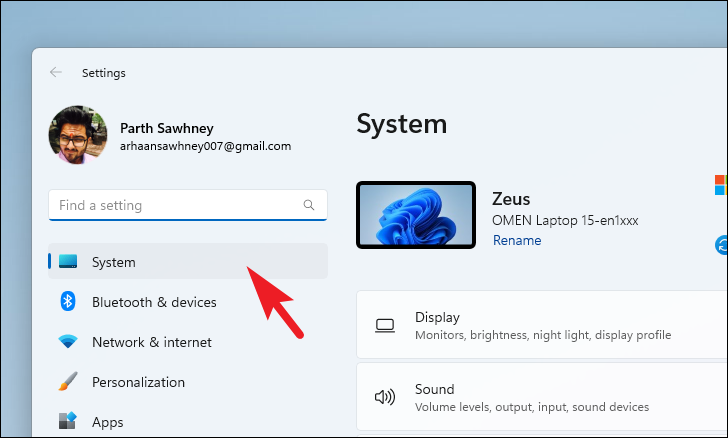
Step 3: Scroll down and click on About in the right pane.
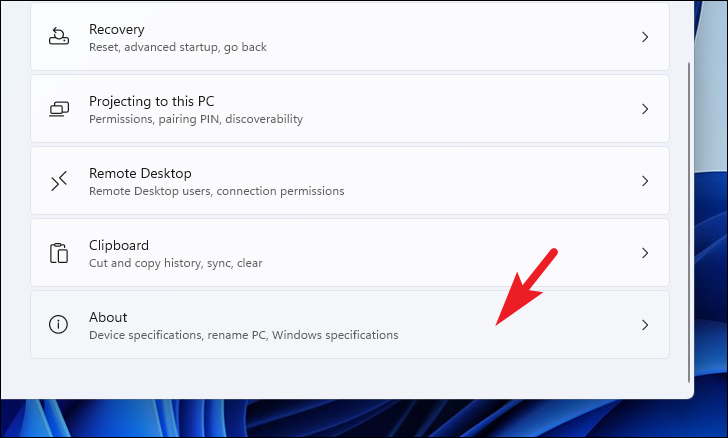
Step 4: Under Related links, click on Advanced system settings to open the System Properties window.

Step 5: In the System Properties window, click on the Settings button under the Performance section.
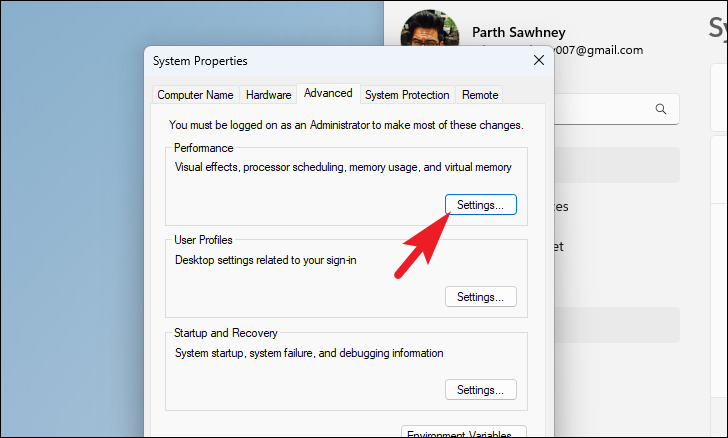
Step 6: Navigate to the Advanced tab in the Performance Options window and click on Change under Virtual memory.
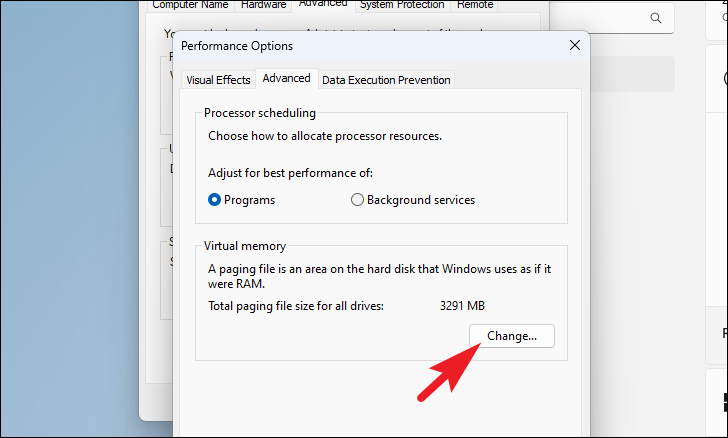
Step 7: Check the box for Automatically manage paging file size for all drives and click OK to save the changes.

Method 5: Perform a Clean Boot
A clean boot starts Windows with a minimal set of drivers and startup programs, which can help identify if third-party applications are causing the error.
Step 1: Press Windows+R to open the Run dialog box. Type msconfig and press Enter.
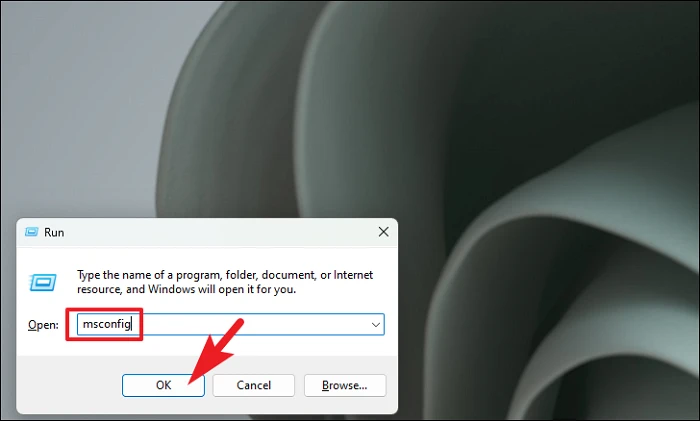
Step 2: In the System Configuration window, select Selective startup under the General tab. Check the box next to Load system services.
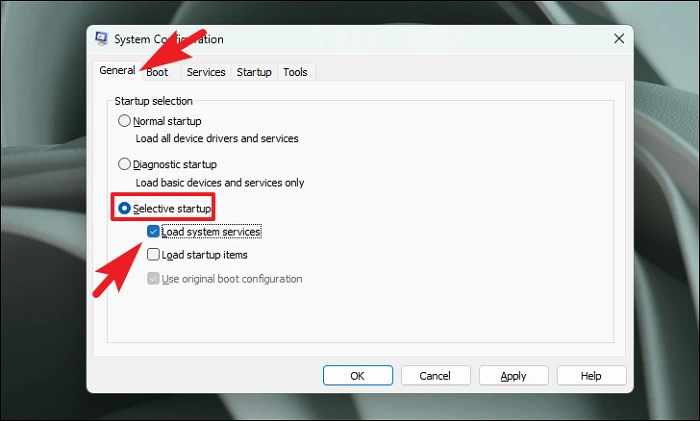
Step 3: Go to the Services tab, check Hide all Microsoft services, and then click Disable all. Click Apply and then OK to confirm.
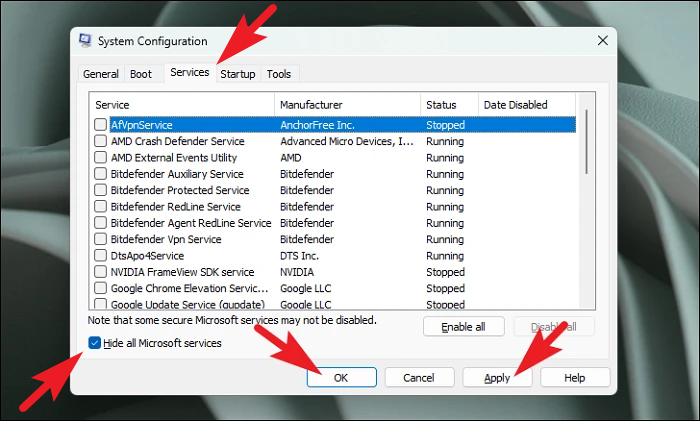
Step 4: Restart your computer. If the error no longer occurs, enable the disabled services one at a time to identify the conflicting program.
By following these methods, you can troubleshoot and fix the KERNEL DATA INPAGE ERROR on your Windows 11 system. If the issue persists, consider seeking professional help, as it might be a sign of more serious hardware problems.


